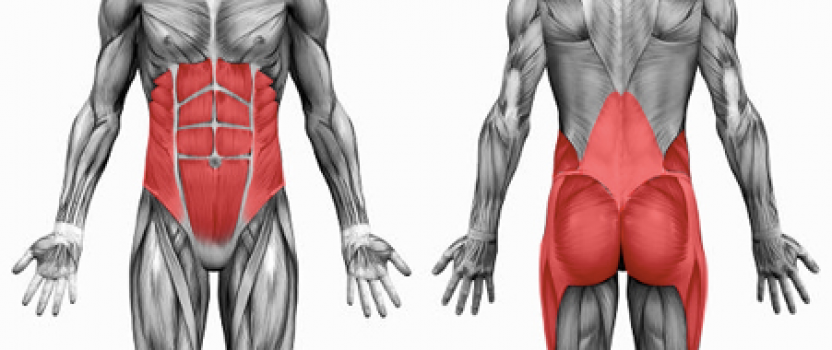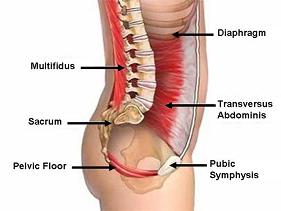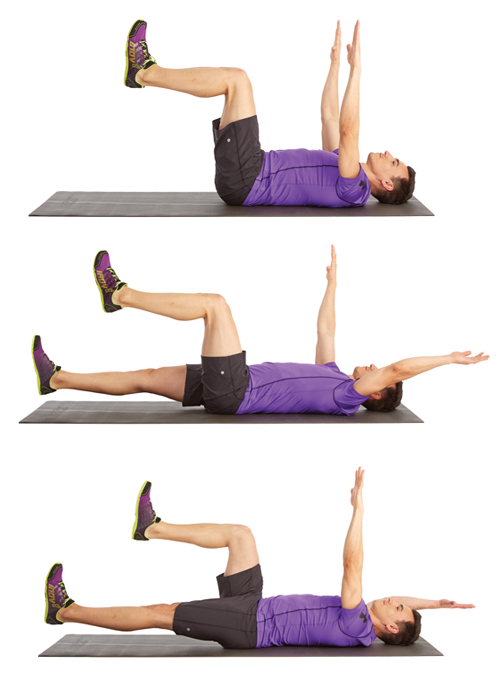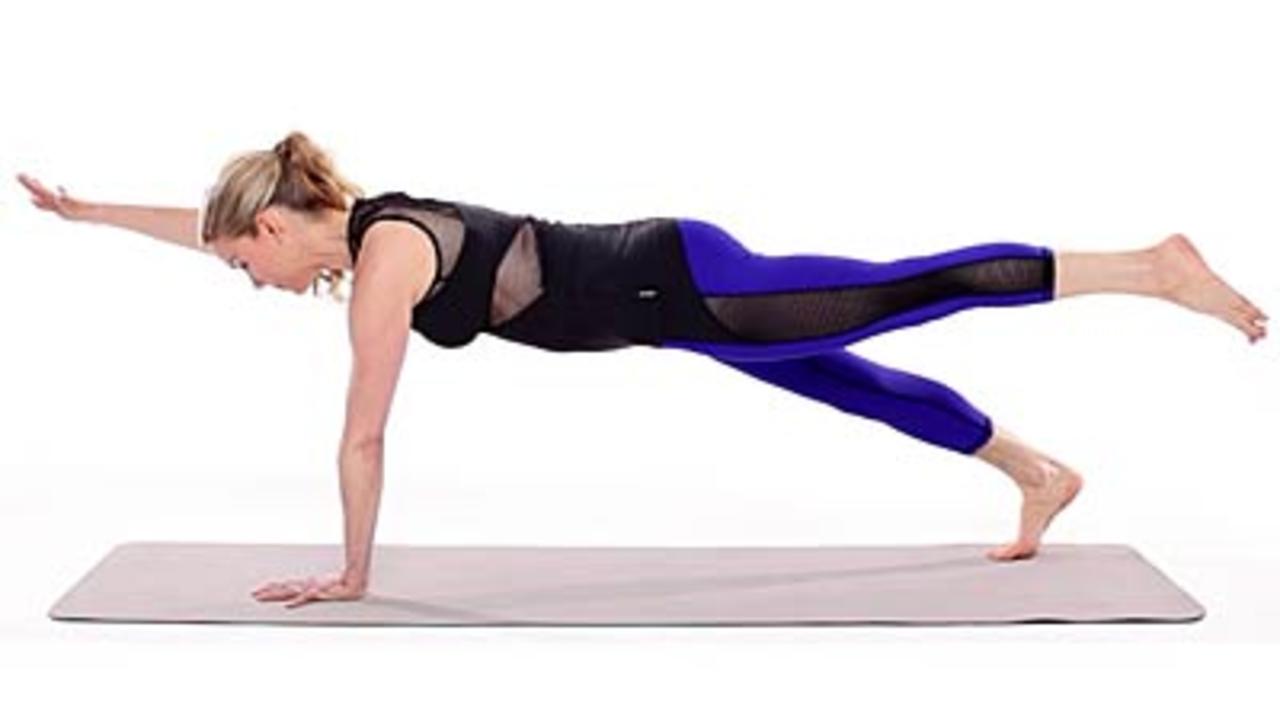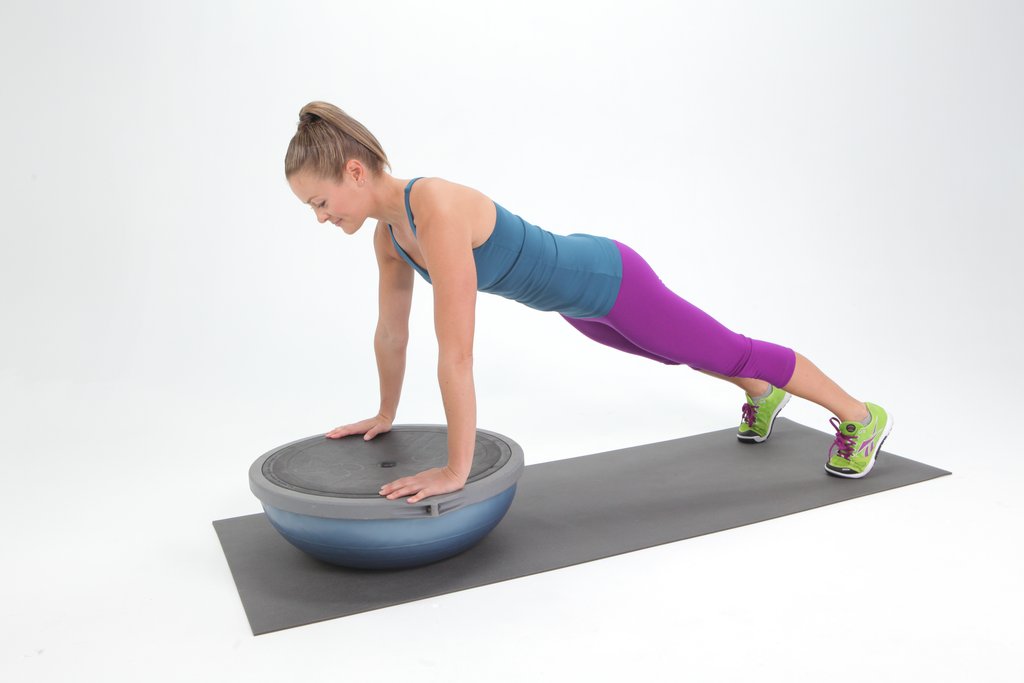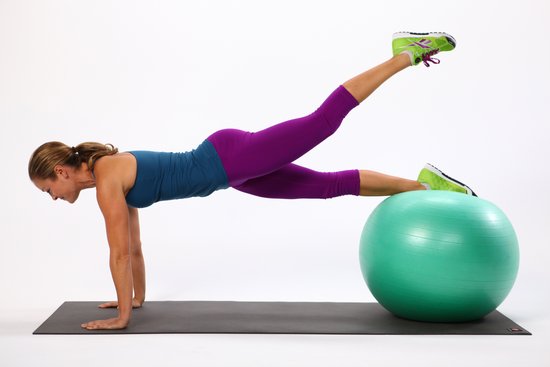The Importance of Core Stability
Posted on March 26th, 2018 by Andries Lodder
When speaking in terms of the human body, stability refers to a person’s ability to control the movement and position of their muscles, joints and limbs. With greater stability comes greater control. So, with this in mind, core stability refers to the individual’s ability to control and move their core with or without movement of the other limbs of the body. The greatest misconception is that in order to have a strong core and to have a stable core you need to have a 6 pack, or that if you have a 6 pack you have good core stability.
However, this is not the case. Having a visible 6 pack or a well-defined core requires an individual to have a certain level of body fat. The lower the level of body fat the more visible the core muscles will be. However, this has nothing to do with the individuals ability to control and stabilise their trunk, lumbar and abdominal regions.
So how do we go about developing good core stability?
First let’s look at the muscles involved in the core, then how we can go about strengthening them and finally the benefits of having good core stability.
Muscles Involved:
The core muscles are like a corset and wrap around the trunk. They are like a powerhouse and when they have adequate strength and work together they provide a solid base for which all other muscles of the body can act against. The Transverse Abdominus, Multifidus, Diaphragm and Pelvic Floor muscles all form part of the cylinder that are the core stabilisers. These muscles all keep the spine in its most neutral position and help to aid in preventing injury. Prior to any movement of the limbs of the body the corset of core muscles should contract to keep the body ridged and stable and provide a solid foundation against which the limbs can move.
Benefits of Core Stability:
Injury prevention:
Improving core stability is essential in preventing injury to all areas of the body. It is especially important in preventing lower back injuries as it is the primary stabilizer of the lower back and when the core works effectively it helps to relieve the pressure off of the lower back. It is also important to prevent other injuries such as hamstring strains or hip impingement. When the core is activated prior to other movements the other muscles of the body can work more efficiently together and movements are better controlled and performed with better technique which reduces the risk of injury.
Rehabilitation from injury:
Strengthening the core stabiliser when recovering from all injuries is important as it will help improved the quality of all movements. It will also help in preventing the injury from reoccurring as well as improve overall control within the body.
Improved Sporting Performance:
With improved core stability comes improved sporting performance. No matter who the athlete, core stability and strengthening should be included in everyone’s training regime. Not only does it prevent injury like we said before but it will help improve balance, coordination, reaction time, efficiency and quality of movement, as well as overall strength and power.
How to Improve Core Stability:
Phase 1: Back Flat on the Floor
A good place to start training your core is by doing core stability exercises where the lower back is flat on the floor. By starting here is ensures that while the muscles strengthen the back is still supported and is protected from injury. When doing any of these exercises it is important to push the lower back into the ground and not let it arch up.
An example of this exercise is the dead bug
Dead Bug:
- Lie on your back with both your arms and legs up in the air
- Push the lower back into the ground and activate the core
- Slowly lower alternate arm and leg towards the floor (To the point where you feel the lower back coming off the floor)
- Return the arm and leg to the starting position and repeat with the other side.
- Perform 3 sets of 10 reps per arm/leg
Phase 2: Back unsupported, stable base
Once you have mastered control of this type of exercise you can progress your training to exercises where the back is no longer supported and instead the core has to do be in control and strong.
First start by doing a basic 4 base plank.
Plank:
- Lie on your stomach on an exercise mat
- Push up onto your elbows and toes
- Engage your core and ensure you have a flat back
- Start by holding this position for 15 seconds and then progress up to a minute as you get stringer
Phase 3: Back unsupported, unstable base
Once you have mastered a basic plank, you can start lifting each limb off the ground making the core work harder to stabilize the body.
Reduced base of support plank:
- Lie on your stomach on an exercise mat
- Push up onto your elbows or onto straight arms and toes
- Engage your core and ensure you have a flat back
- Now lift each limb up from the floor and hold for 10-20 seconds (Alternating limbs for the duration of 1-2 minutes)
- Once you can lift one limb progress to lifting alternating arm and leg at the same time like the picture below
- Start by holding this position for 15 seconds and then progress up to a minute as you get stringer
Phase 4: Back unsupported, additional instability
The final stage is when the back is unsupported and you add elements of instability to the exercise. Placing the hands on a bosu, or the feel on a swiss ball while performing a plank is a good place to start.
Plank on a Bosu:
- Place hands on the edge of a bosu ball
- Push up onto toes and hands
- Engage your core and ensure you have a flat back
- Start by holding this position for 15 seconds and then progress up to a minute as you get stringer
- Once you can hold this position you can make the exercise harder you can add leg movements such as knee tucks into the exercise
Plank on a swiss ball with leg lifts:
- Place feet on a swissball
- Push up onto straight arms onto your hands
- Engage your core and ensure you have a flat back
- Start by holding this position for 15 seconds and then progress
- Once you can hold this position you can make the exercise harder you can add leg movements such as leg lifts into the exercise
- Note: The further away the swiss ball is from your body the harder the exercise
For more information on how to improve your core stability and on exercises to include in your program contact us and book your assessment today.
Tweet
